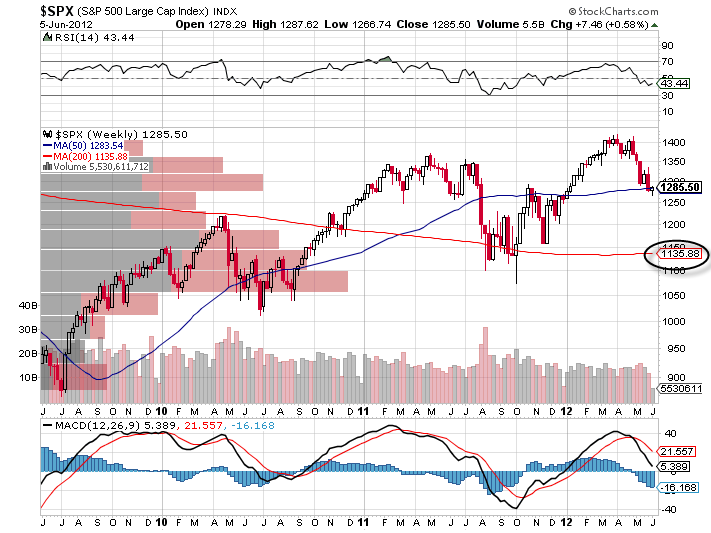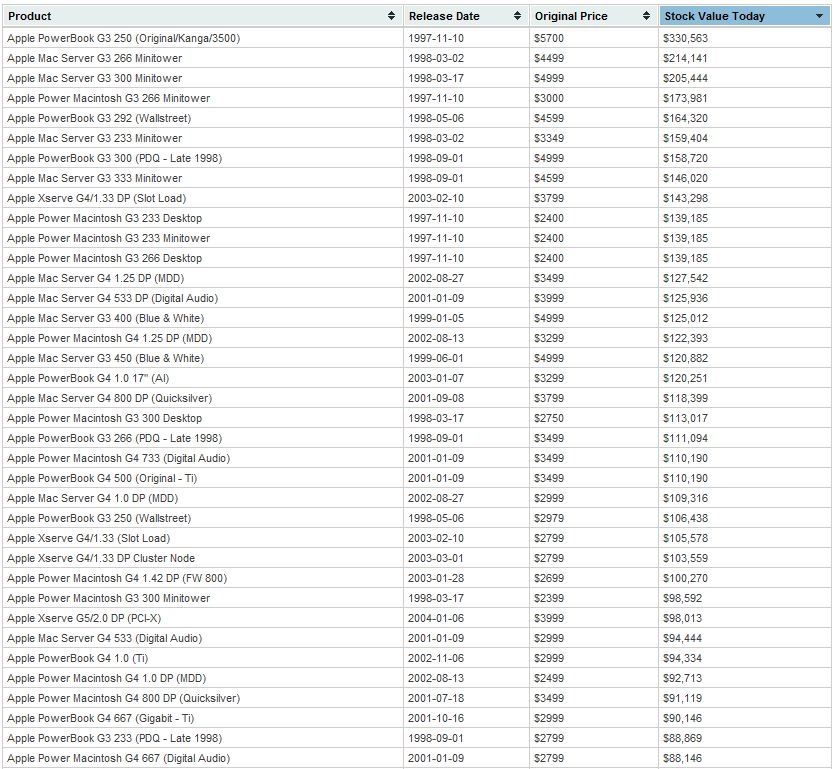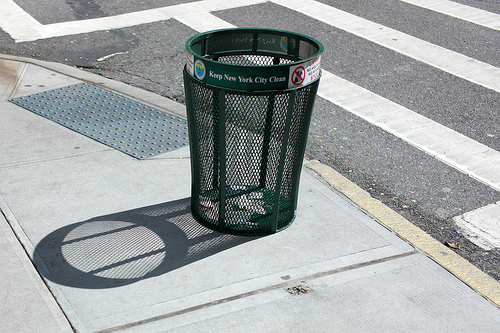by Michael Tarsala
The odds of the market sliding below its 200-week moving average is about 8.5%, according to the latest data from Jeffrey Saut, strategist at Raymond James.

Source: Stockcharts.com
As Saut explains, there have been 294 stock market pullbacks of at least 5% since 1928. Ninety four of them he labeled moderate, at 10% or less; 43 were severe at more than 15%, and 25 have been bear market drops of at 20% or more.
It just so happens, that 200-week average (above in red) marks a 20% decline from the year highs. A drop below that line would be a bear market.
Here’s a breakdown of the historical odds:
5 to 10% drop: 42.9%
10% to 15% drop: 32%
15 to 20% drop: 14.6%
20% or more: 8.5%
Admittedly, this is a particularly tough market to judge, because so much depends on government policy responses.
We pointed to reversal potential for riskier asst classes yesterday.
What we couldn’t know is that the ECB would hold rates steady, that market chatter of additional U.S. stimulus would lift stocks, or that the EU would reveal a bank bailout plan.
Here’s what we do know:
— A smart manager will always help you optimize the risk-reward odds
— Now is the worst time to underperform the markets; it’s the way the percentages work.
— Pulling money now could be a mistake: You don’t want to sell low and buy high.
— Now may be a good time to talk to an adviser, just to be sure that you are on track.



